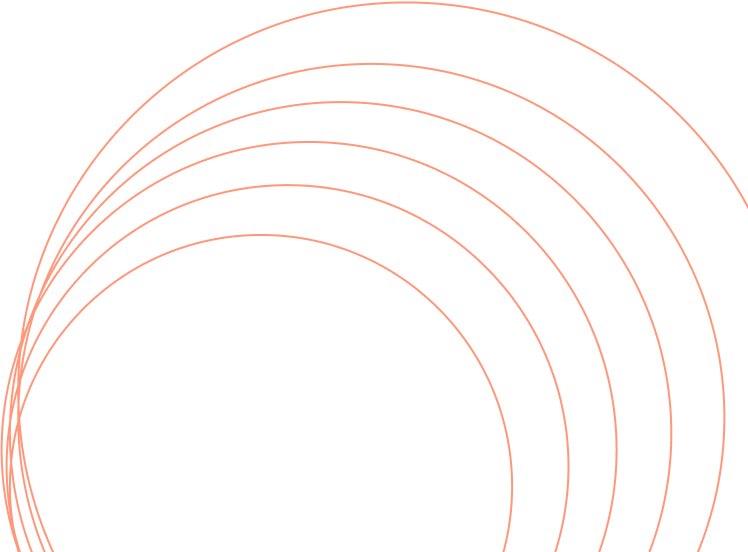All Blogs
Optimizing QR Codes for Print Media: A Designer's Checklist
When a user scans your QR code, you want it to be a seamless, instant interaction, not a frustrating squinting match. For designers, integrating QR codes into print media offers a powerful bridge from the physical world to digital engagement. But a poorly designed or placed QR code is worse than no QR code at all – it's a missed opportunity and a source of frustration. To ensure your print-to-digital campaigns truly shine, here's a designer's essential checklist for optimizing QR codes for print media.
Table of Contents
Understanding the Basics: What Makes a QR Code Scannable?
A QR code is a matrix barcode, which is fundamentally designed to be read by phones and other gadgets. Its scannability depends on factors like resolution, contrast, and error correction. A higher resolution ensures clarity, while strong contrast allows the scanner to differentiate between the dark modules and the light background. Error correction (often managed by your QR code generator) means the code can still be scanned even with minor damage or obstruction. Knowing these fundamentals is your starting point for effective design.
Branding Your QR Code for Print
Gone are the days when QR codes had to be stark black and white. Modern QR code platforms allow for significant customization and branding. Incorporate your brand colors, embed your logo in the center, and even add unique patterns. However, always prioritize scannability over aesthetics. The goal is a QR code that looks great and reinforces your brand, but most importantly, works. A branded QR code feels more professional and trustworthy to your audience.
Ensuring Visibility on Any Material
The physical size of your QR code matters immensely. A general rule of thumb is that the minimum size for reliable scanning is around 1 x 1 inch (2.5 x 2.5 cm), but this should scale up based on the scanning distance. For a billboard, it needs to be much larger than for a business card. Placement is equally critical; ensure the code is flat, free from creases, and not obstructed by glare or shadows. Consider where the user will be when they scan – easily accessible spots like the corner of a flyer or a clear section of packaging are ideal.
Making Your QR Code Pop (and Scan!)
While you can use brand colors, stick to the fundamental principle: dark modules on a light background. A sharp contrast between the QR code and its surrounding area is vital for scanners to read it quickly. Avoid similar color tones, gradients within the code, or overly busy backgrounds behind it. Black on white is always safest, but dark blue on light grey, or dark green on beige, can work if the contrast ratio is high enough.
The "Quiet Zone": Why White Space is Your QR Code's Best Friend
The clear, unprinted area bordering the QR code is known as the "quiet zone". It's usually a margin of four modules wide (a module is one of the small squares that make up the QR code). This empty space is crucial for the scanner to accurately identify where the QR code begins and ends. Never place text, images, or cut off the quiet zone; doing so is a common mistake that renders QR codes unreadable.
Testing, Testing: Pre-Print Checks for Flawless Performance
Test your QR code thoroughly before it goes to print. Don't just scan it with one phone; test it with various smartphone models (iOS and Android), under different lighting conditions (dim, bright), and from different distances. Create a full-sized print proof and proceed with testing. This step is non-negotiable to catch potential issues before a costly print run.
Enhancing Your Print with a Clear Call-to-Action
A QR code is only a tool; it necessitates context. Always accompany your QR code with a clear, compelling call-to-action (CTA). Tell users what they'll get by scanning ("Scan for 15% off," "Scan to watch the video," "Scan for event agenda"). This not only motivates the scan but also manages expectations, guiding your audience seamlessly from your print media to their next digital step. By following this checklist, you'll design QR codes that don't just look good, but truly perform.
Start your free trial with Tomly.io







